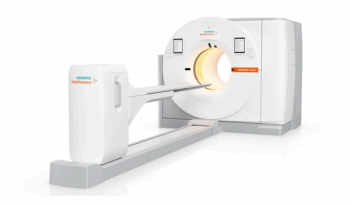
Emphasizing enhanced time-of-flight performance and an energy-efficient design, the Biograph Trinion PET/CT system can reportedly be utilized for a variety of imaging needs, ranging from theranostic applications to neurology imaging.

Emphasizing enhanced time-of-flight performance and an energy-efficient design, the Biograph Trinion PET/CT system can reportedly be utilized for a variety of imaging needs, ranging from theranostic applications to neurology imaging.

In a recent interview, Cathy Cutler, Ph.D., shared her perspective on a number of topics affecting nuclear medicine, ranging from isotope availability and reimbursement challenges for diagnostic radiopharmaceuticals to increasing patient interest in PET imaging.
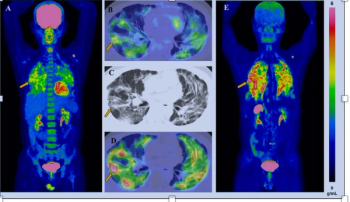
For patients with interstitial lung disease, FAPI PET/CT was more effective than 18F-FDG PET/CT at predicting progressive pulmonary fibrosis according to comparative study findings presented at the 2024 Society of Nuclear Medicine and Molecular Imaging (SNMMI) Annual Meeting.

The use of 90Y-FAPI-46 radioligand therapy resulted in controlled disease progression in nearly half of a 30-person cohort largely comprised of patients with advanced sarcomas, according to new research presented at the 2024 Society of Nuclear Medicine and Molecular Imaging (SNMMI) Annual Meeting.
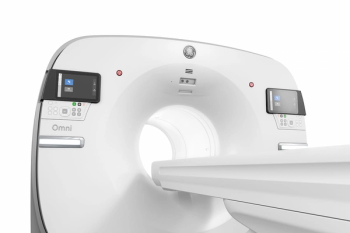
In addition to new advances in PET/CT imaging to facilitate precision imaging, the company will also unveil a device at the SNMMI conference that allows in-house production of commercial PET tracers.
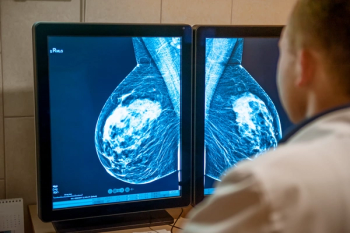
Offering comparable sensitivity to radiologists for detecting contralateral breast cancer on mammography images, an emerging adjunctive AI software may also facilitate earlier diagnosis, according to study findings presented at the at the 2024 American Society of Clinical Oncology (ASCO) Annual Meeting.
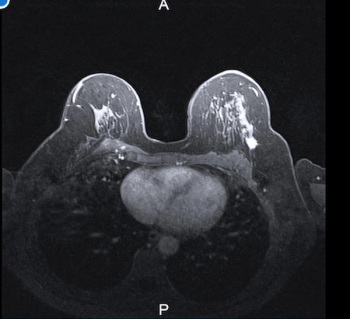
Additional carcinoma in the ipsilateral breast was detected on preoperative MRI exams in 24 out of 102 women prior to lumpectomy and mastectomy procedures, according to new study findings presented at the 2024 American Society of Clinical Oncology (ASCO) Annual Meeting in Chicago.

An AI model that includes extracted radiomic features from CT scans more than doubled the sensitivity rate for preoperative prediction of lung cancer recurrence in comparison to traditional TNM staging, according to study findings to be presented at the 2024 American Society of Clinical Oncology (ASCO) Annual Meeting in Chicago.
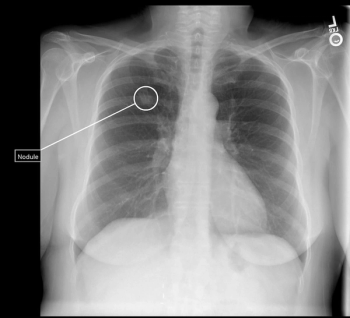
In addition to detecting missed lung nodules on X-rays, the AI-powered Qure.ai lung cancer continuum platform reportedly automates lung nodule measurement on CT scans and facilitates multimodality reporting.
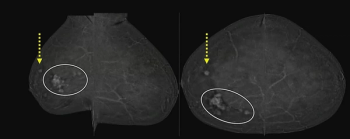
In a recent lecture at the 2024 ARRS Annual Meeting, Jordana Phillips, MD, discussed the role of contrast-enhanced mammography in staging breast cancer, evaluating response to neoadjuvant chemotherapy and recalls from screening.
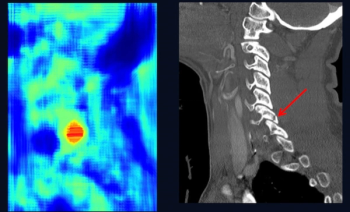
Researchers found a 98.3 percent concordance between attending radiology reports and AI assessments for possible cervical spine fractures on CT, according to new research presented at the 2024 ARRS Annual Meeting.
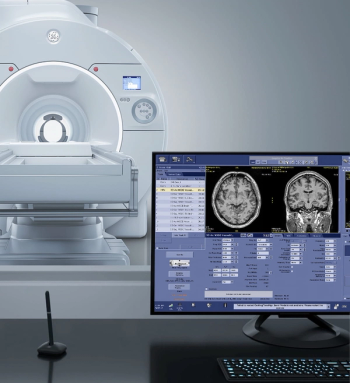
For neuroradiologists, the Signa Magnus 3T MRI system may offer enhanced visualization of the brain microstructure, microvasculature, and function.

The presence of fat-enlarged axillary lymph nodes on mammography screening exams is associated with a fourfold higher risk of type 2 diabetes and a 2.6-fold higher risk for cardiovascular disease, according to new research presented at the ARRS Annual Meeting.
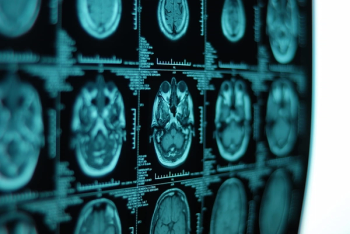
The use of continuous ofatumumab in patients within three years of a relapsing multiple sclerosis diagnosis led to substantial reductions in associated lesions on brain MRI scans, according to research recently presented at the American Academy of Neurology (AAN) conference.
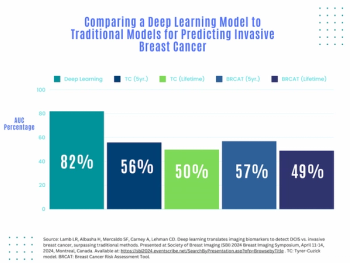
Artificial intelligence (AI) assessment of mammography images may significantly enhance the prediction of invasive breast cancer and ductal carcinoma in situ (DCIS) in women with breast cancer, according to new research presented at the Society for Breast Imaging (SBI) conference.
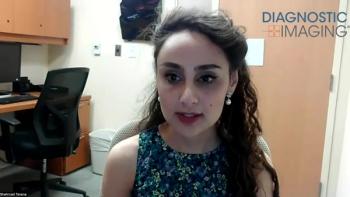
Discussing findings from a new study presented at the Society for Breast Imaging (SBI) conference, Shahrzad Tavana, M.D., detailed the significant impact of training sessions for MRI technologists in improving breast positioning, optimal field of view and accuracy of sequence submissions to PACS for breast MRI exams.

In a cohort of patients with invasive breast cancer and tumor sizes ranging between 0.3 to 9 cm, image-guided cryoablation was associated with a 10 percent recurrence rate at 16 months, according to research recently presented at the Society of Interventional Radiology (SIR) conference.
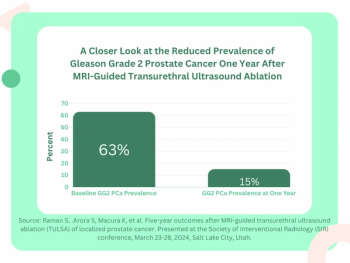
For men with prostate cancer, the use of MRI-guided transurethral ultrasound ablation (TULSA) led to a 92 percent decrease in median prostate volume at one year, according to new research recently presented at Society of Interventional Radiology (SIR) conference.
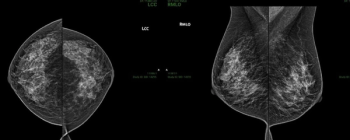
The newly launched Progressive Loading feature, available through RamSoft’s OmegaAI software, reportedly offers radiologist rapid uploading of images that is faster than on-site networks and other cloud-based systems regardless of the network radiologists are using.
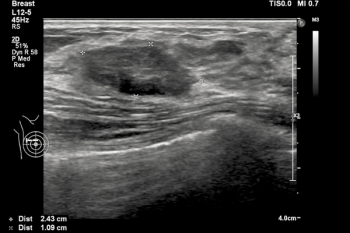
While adjunctive use of AI led to significantly higher specificity and accuracy rates in detecting cancer on breast ultrasound exams in comparison to unassisted reading by breast radiologists, researchers noted that 12 of 13 BI-RADS 3 lesions upgraded by AI were ultimately benign, according to research presented at the European Congress of Radiology.
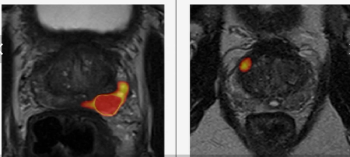
Based on findings from a multicenter study of over 1,600 patients, researchers at the European Congress of Radiology suggest the inclusion of autonomous artificial intelligence (AI) triage could facilitate up to a 75 percent reduction in prostate MRI reading workload.
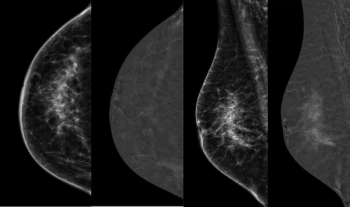
Noting that technique issues, patient positioning miscues and atypical features can all contribute to faulty interpretation with contrast-enhanced mammography (CEM), researchers at the European Congress of Radiology shared their insights on navigating artifacts and limitations with CEM.
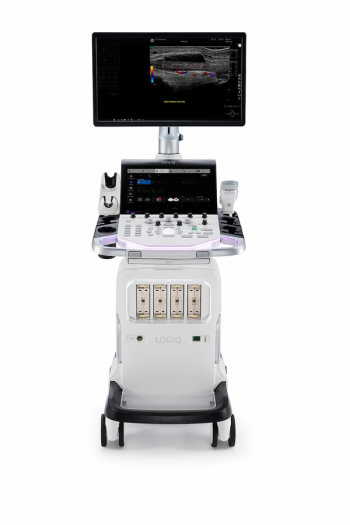
Designed for full-body imaging, the new modality reportedly offers a lightweight portable design, AI-powered tools and enhanced high-resolution images.
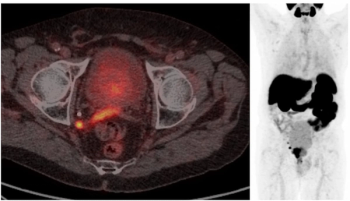
Sixty-five percent of patients with newly diagnosed high-risk prostate cancer may have extraprostatic extension on MRI, and PSMA PET/CT findings suggest those with Gleason scores of eight or higher have more than double the risk of metastasis, according to a new study presented at the European Congress of Radiology (ECR).
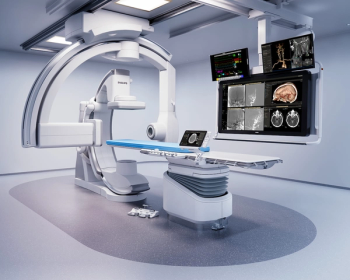
Emphasizing upgraded angio suite capabilities as well as improved 2D and 3D imaging, Philips will unveil the Azurion Neuro Biplane System at the European Congress of Radiology.

The use of multiple artificial intelligence (AI) modalities to assess blood vessel density reduction and computed tomography perfusion (CTP) mismatch values facilitated a 93.3 percent detection rate for medium vessel occlusions, according to research presented recently at the International Stroke Conference.
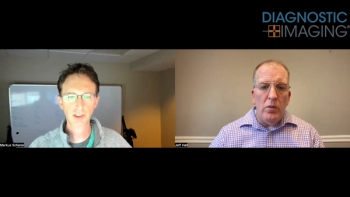
In a recent interview, Markus Scherer, M.D., discussed emerging research, presented at the American College of Cardiology Cardiovascular Summit, which showed that coronary computed tomography angiography (CTA) was associated with a significantly higher likelihood of revascularization in comparison to other modalities or direct referral for invasive coronary angiography.

A multivariable model that includes mpMRI and blood testing assessment of prostate extracellular vesicles had a significantly higher AUC and sensitivity rate than mpMRI alone for predicting clinically significant prostate cancer, according to research presented at the American Society of Clinical Oncology Genitourinary Cancers Symposium (ASCO-GU).

Patients with localized high-risk prostate cancer and midline radiotracer activity in the prostate had over double the incidence of urethral hyperintensity on T2W MRI, according to research presented at the American Society of Clinical Oncology (ASCO) Genitourinary Cancers Symposium (ASCO-GU).

For patients with recurrent prostate cancer, PET scanning with 18F-flotufolastat led to major changes in treatment for 80 percent of patients and 75 percent of patients with a changed treatment focus to watchful waiting had negative scans, according to new research presented at the American Society of Clinical Oncology (ASCO) Genitourinary Cancers Symposium (ASCO-GU).